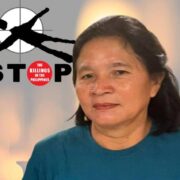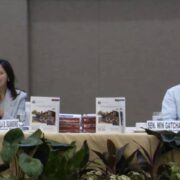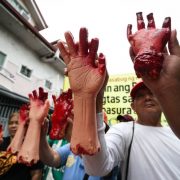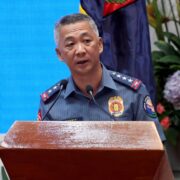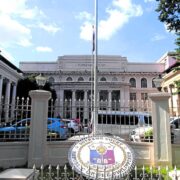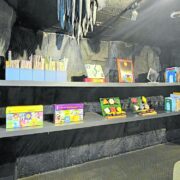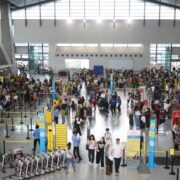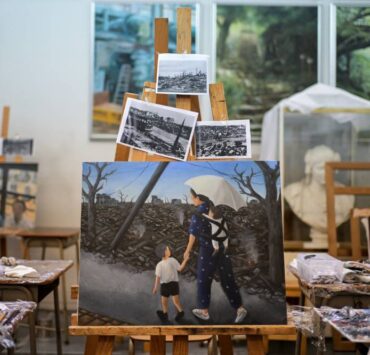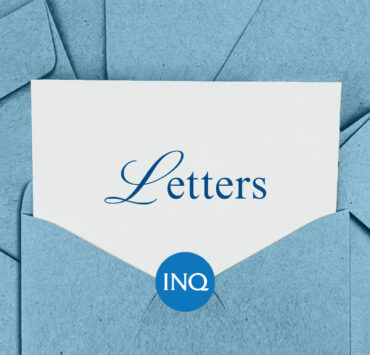‘Dear Future Me’ writes letters in tender visual forms
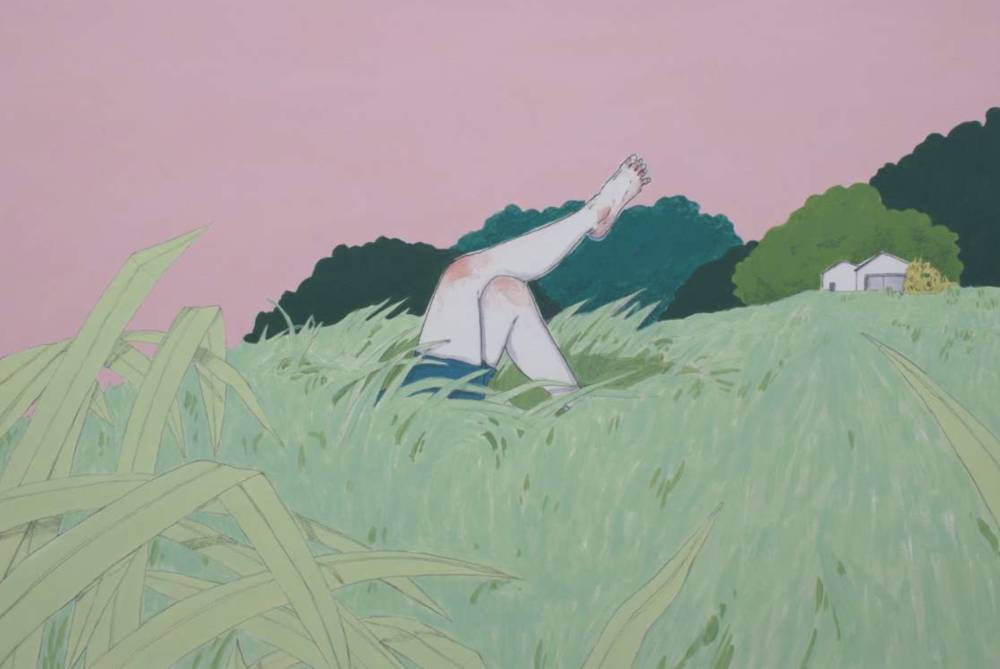
Letter writing is an art, perhaps a lost one, that bridges time and distance.
As Argentinian author Ricardo Piglia once wrote, writing a letter is “the utopian form of conversation, because it annihilates the present, and turns the future into the only possible place for dialogue.”
In a very similar way, the visual artists in Modeka’s latest exhibition, “Dear Future Me,” curated by Chloe Magpayo, embrace this risk, as each female artist reveals themselves through their work, choosing to speak not to the present, but to their future self.
On gentle self-growth
To the side of the gallery entrance is a looming black wall, softened by a letter composed of lines and fragments from each of the 10 artists, scrawled in their own handwriting. These sentences, when taken together, form a single collective letter, one that rouses a quiet resolve to face the future with hope, mindfulness, light, and growth.
With the artworks thoughtfully and neatly installed by Magpayo, “Dear Future Me” invites gallerygoers to step inside and move slowly through the all-female group exhibition that fills the entirety of Modeka, with works shifting through medium, from dreamy renditions in paint to thought-provoking prints and embroidered surfaces.
“I’ve always been drawn to artists who explore materiality,” says Magpayo, “I love work that’s experiential and atmospheric, the kind that invites you to feel before you analyze.”
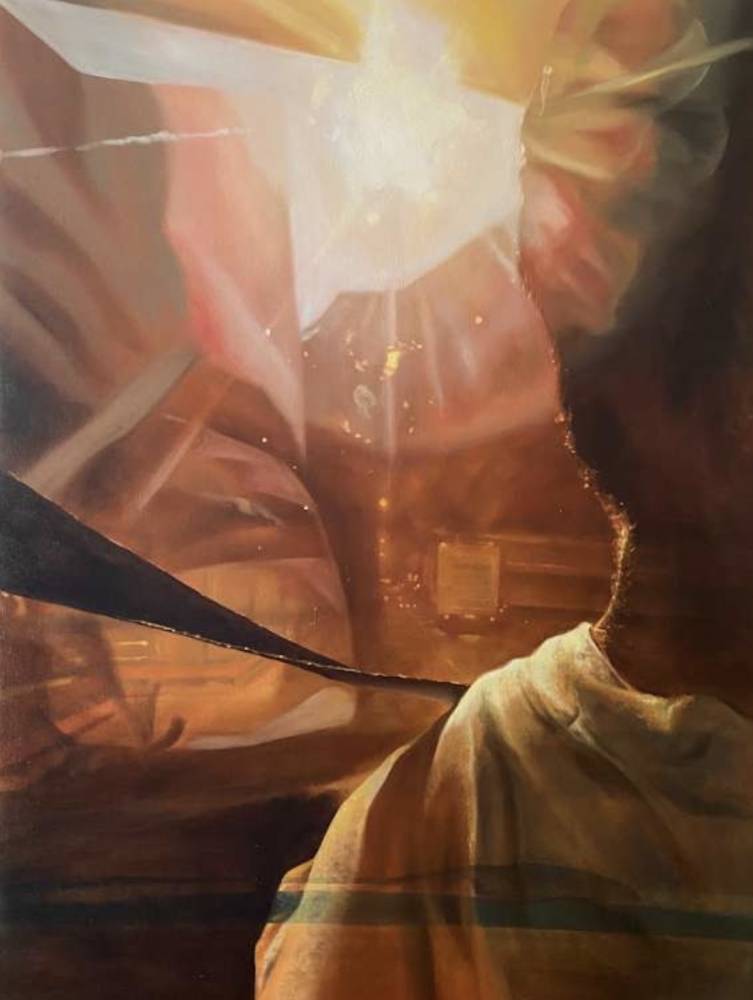
Ethereal, vulnerable, and undeniably feminine, the all-female group exhibition comes through like a warm, tender touch on the shoulder. “Each artist embraced the theme with honesty and vulnerability,” Magpayo states.
“Dear Future Me” seems to meditate on the act of becoming, as the curator explains, “I hope it creates space for women (of all ages and at all stages) to feel seen. To feel less alone in their uncertainty, their growth, and their hope for what’s ahead.”
Magpayo continues, “So many of us are taught to follow a certain timeline, to always be working toward the next version of ourselves. But life doesn’t always unfold the way we expect, and that’s okay. I want this show to offer a kind of gentle guide—to slow down, to shift direction, to not have all the answers.”
While not the first exhibition Magpayo has curated, it is her first to do so solo. She shares that the exhibition came from a deeply personal place of uncertainty after graduating from her studies in the Savannah College of Art and Design in the US at the start of the pandemic. At the time, returning to Manila was not a part of her plan.
“I remember feeling completely lost,” she recalls. “It felt like the version of myself I had been working toward no longer existed. My five-to-ten-year plan dissolved overnight, and I had no idea what I was doing or what came next.”
This moment of dissolution became the seed for something more expansive, and from this rootlessness, a new curatorial direction grew.
“Looking back, I really wish that version of myself had been more hopeful about the future… and trusted that things would eventually fall into place. That feeling of wanting to send some kind of reassurance to yourself, past or future, is what planted the seed for ‘Dear Future Me.’”
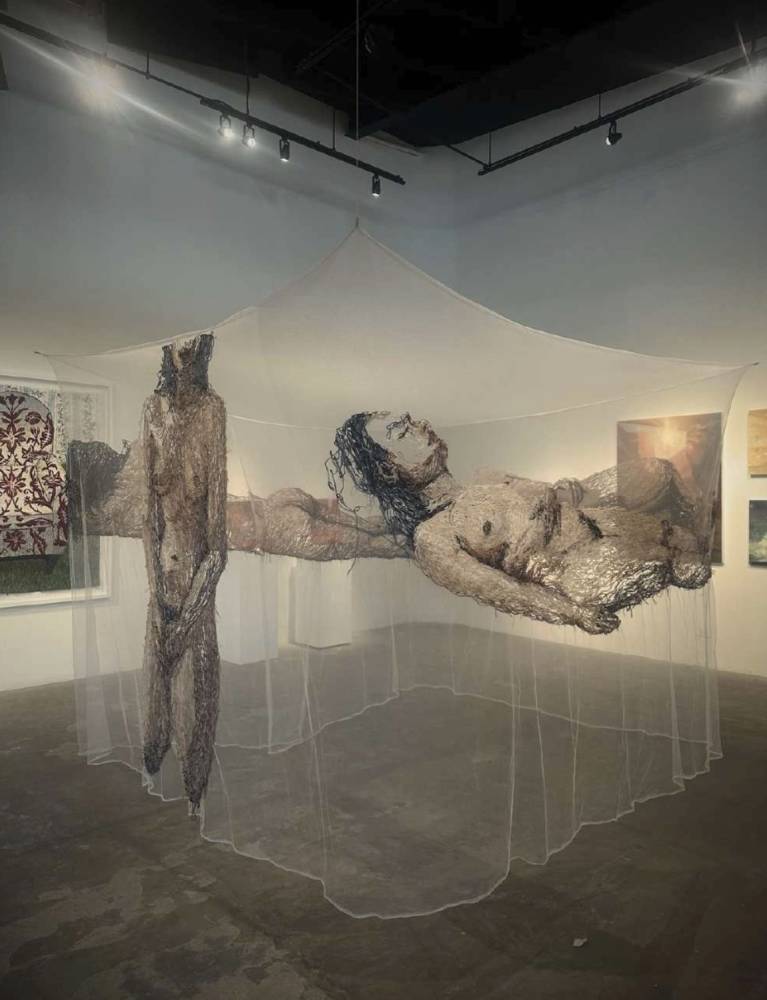
Letters in visual form
“So many of the women I know carry untold stories,” Magpayo states, “We’re often expected to be five steps ahead, balancing intuition and responsibility. I wanted the exhibition to feel like a space where that quiet labor of self-discovery could be seen and shared.”
Just like how a written letter can say much about the author, so does the visual art say of the artists in “Dear Future Me.”
Pin Calacal employs acrylic, pen and ink, graphite, colored pencils, and watercolor on paper to depict figures immersed in meadows as well as curled up with what looks like wolves, taking images from nature as metaphor, and exploring both the domestic and feral in single frames.
Meanwhile, Babylyn Fajilagutan explores materiality, stretching the possibility of paper, using found papers layered with thread, evoking both markings and memories, with each stitch like a word.
In ink on cotton rag, imposed with monochrome impressions of forms and textures, Christina Lopez tests boundaries, in her practice that explores how images are constructed, disseminated, and consumed, utilizing a range of production processes.
With her background in the natural sciences and multimedia production, Zoraya Lua writes a letter to her future self that reads, “Always listen to trees—They send messages in signals as old as the Earth.” Her archival pigment print shows black and white impressions of abundant treetops.
Known for her often whimsical work that straddles both art and design, Lilianna Manahan aligns patinated hammered brass in two works, one of tiny spheres in brass circles, the other of flowers. In her playful way, she writes to herself, “I hope that you still find the wonder in the mundane, and celebrate everything life offers you. I hope that you don’t let the trappings of time choke the charms of a youthful heart… Now stop sniffling. I’m not tearing up, you are. Love you and toodleloo.”
Meanwhile, Nara Marin depicts the lovely, serene protagonist of her visual stories, Naneri. The girl emanates goodness and gentleness in oil on canvas, sprinkled with rays of light and collaged with shapes of flowers and stars, bringing to mind a dreamy scrapbook.
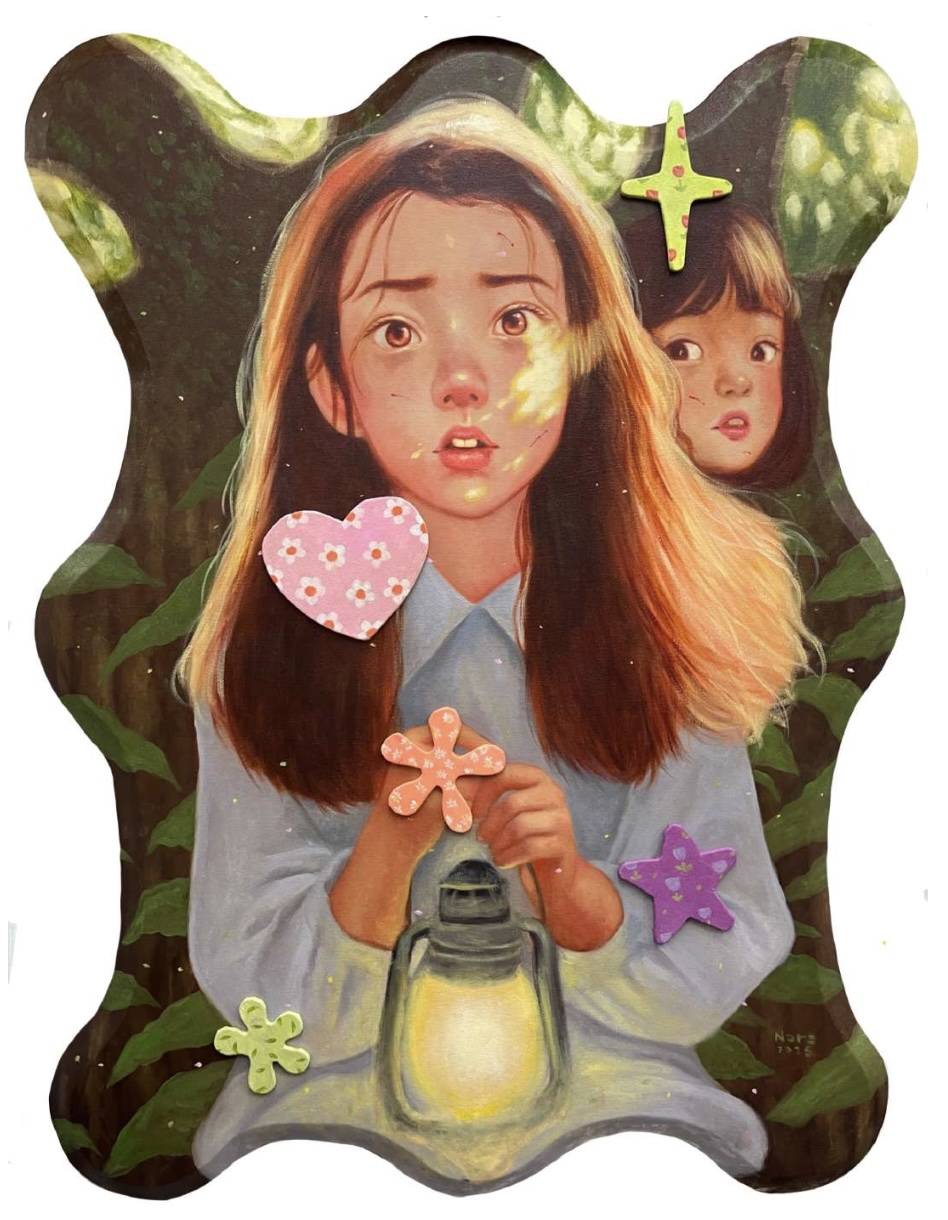
Isha Naguiat, known for works that explore nature and memory, features embroidery on print, with meticulous stitches moving in between the subtle forms of bougainvillea twigs and leaves, both framed and in a miniature paper sculpture that resembles a home.
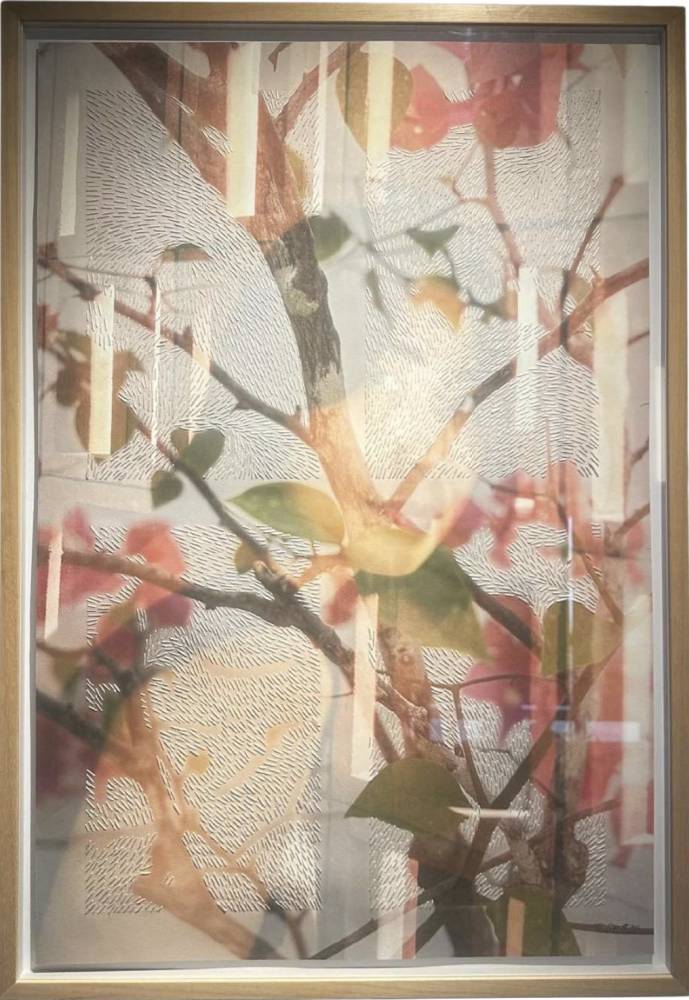
Rhaz Oriente continues her practice engaging with reflective and transparent materials with UV ink print on acrylic glass in “Four Skies (after James Benning)” and color palette studies, as well as a single-channel HD video. She writes a poem to her future self, “Maybe you still waver. Maybe you still wonder. But even that is movement. In the process of evolving, may you stay luminous without burning out.”
Continuing the vein of ethereal curatorship, Martina Partosa exhibits paintings on canvas illuminated in swirling glows, with shadows and unexpected colors and glimmers of light, the images familiar yet not fully discernible. In her letter to self, she seems to reference a photoset from May earlier this year, weaving personal history into her artistic dialogue with her future self.
Lastly, Antipolo-based artist Maricar Tolentino explores thread and fabric to create a “Kulambo” that stops you in your tracks with sewn nudes depicted all around the diaphanous fabric, which should be viewed from the inside. Also among her work is embroidery on polyethylene screen, depicting a comfy old chair to water carafes, glasses and teapots, and teacups that seem to encourage pause and rest. On the particular “Kulmabo,” Magpayo notes, “I thought it was a beautiful embodiment of the concept: a space that protects your innermost hopes and dreams while allowing others to witness them.”
Besides asking all the artists to write letters to themselves, Magpayo also writes a letter to herself.
“Dear Chloe,
First, breathe. You are exactly where you’re meant to be. I hope you’ve learned to rest without guilt and to be at peace with the unknown.
You are enough. Always.
I hope you’re still stepping outside your comfort zone and continuing to be brave with your life.
I hope you’re living with openness, with joy, and with the quiet confidence that everything is unfolding as it should.”
It’s clear that even in the present, the curator dares to live with the same openness and joy evident in the exhibition, topped with the bravery to curate at such a young age.
In “Dear Future Me,” these acts of visual creation double as letters sealed with hope, sent across time, encouraging us to reach out to tomorrow, and to be brave in our becoming.


